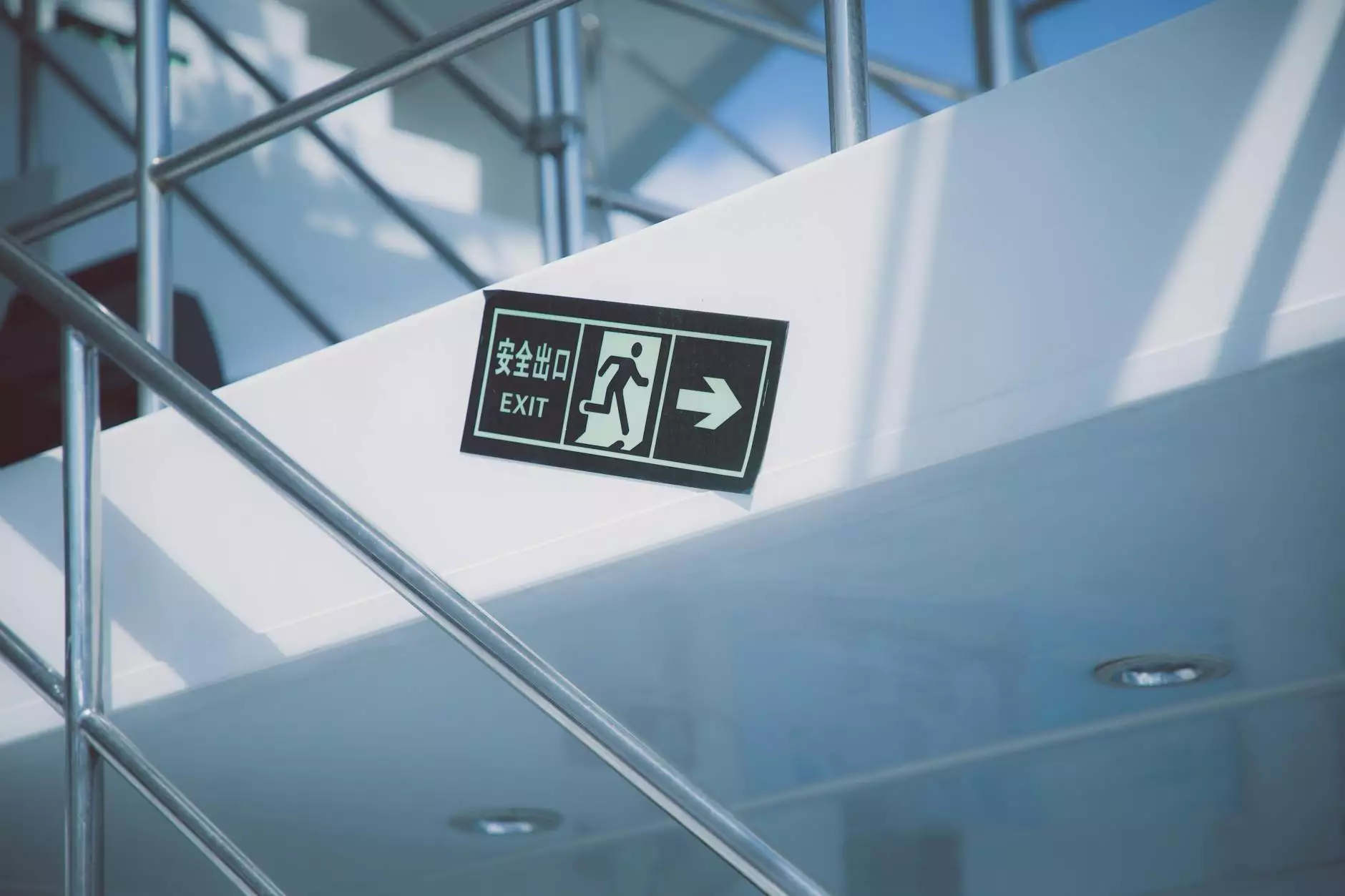Cryoanalgesia And Non-Opioid Options Are Changing The Way We Manage Pain
Health
Introduction
Welcome to Ageless Wisdom Magazine, your trusted source of informative content in the lifestyle category. In this article, we explore how cryoanalgesia and non-opioid options are transforming the field of pain management. With a focus on providing effective and safe alternatives, these innovations are reshaping the way we alleviate discomfort and enhance our overall well-being.
The Need for Non-Opioid Options
In light of the persistent opioid crisis, there is a growing demand for non-opioid pain management alternatives. While opioids have commonly been prescribed for pain relief, their addictive nature and potential side effects have raised concerns. As a result, healthcare professionals and researchers have intensified their efforts to find more sustainable solutions.
What is Cryoanalgesia?
Cryoanalgesia, also known as cryoneurolysis or cryoablation, is an innovative and non-invasive technique that offers a promising alternative for managing pain. It involves the controlled application of extreme cold to specific nerves, temporarily interrupting their ability to transmit pain signals to the brain.
The Process of Cryoanalgesia
During cryoanalgesia, a specialized probe is used to deliver intense cooling to the targeted nerves. The extreme low temperatures cause the nerves to become numb, effectively providing relief from pain. This procedure is typically performed on an outpatient basis and has proven to be safe and effective for various conditions.
Advantages of Cryoanalgesia
Cryoanalgesia offers several advantages compared to traditional pain management techniques. Firstly, it does not involve the use of opioids, therefore avoiding the risks associated with opioid dependency. Additionally, cryoanalgesia does not require surgical incisions, resulting in minimal scarring and reduced recovery time. Furthermore, this method has demonstrated long-lasting pain relief effects, improving patients' quality of life.
Non-Opioid Options in Pain Management
While cryoanalgesia is gaining recognition, it is essential to highlight other non-opioid options that are changing the way we manage pain.
Physical Therapy and Rehabilitation
Physical therapy and rehabilitation programs play a crucial role in pain management. These therapeutic approaches focus on exercises, stretches, and movements that target specific muscle groups, joints, or affected areas. By improving strength, flexibility, and mobility, physical therapy helps reduce pain and enhances overall function.
Acupuncture and Traditional Chinese Medicine
Acupuncture, originating from Traditional Chinese Medicine, involves the insertion of thin needles into specific points on the body. This ancient practice stimulates the release of endorphins, which are natural pain-relieving chemicals. Acupuncture has shown promising results in managing various types of pain, including chronic headaches, back pain, and osteoarthritis.
Mind-Body Techniques
Techniques such as meditation, mindfulness, and yoga have gained popularity in pain management. These practices focus on connecting the mind and body to promote relaxation, reduce stress, and alleviate discomfort. Mind-body techniques have been proven effective in managing chronic pain conditions and enhancing overall well-being.
Conclusion
As our understanding of pain management evolves, cryoanalgesia and non-opioid options have emerged as groundbreaking alternatives. Ageless Wisdom Magazine strives to provide comprehensive insights into these innovative approaches, empowering individuals with knowledge to make informed decisions about their well-being. Embracing these advancements, we can collectively transform the way we manage pain, offering improved solutions for a healthier and pain-free lifestyle.










